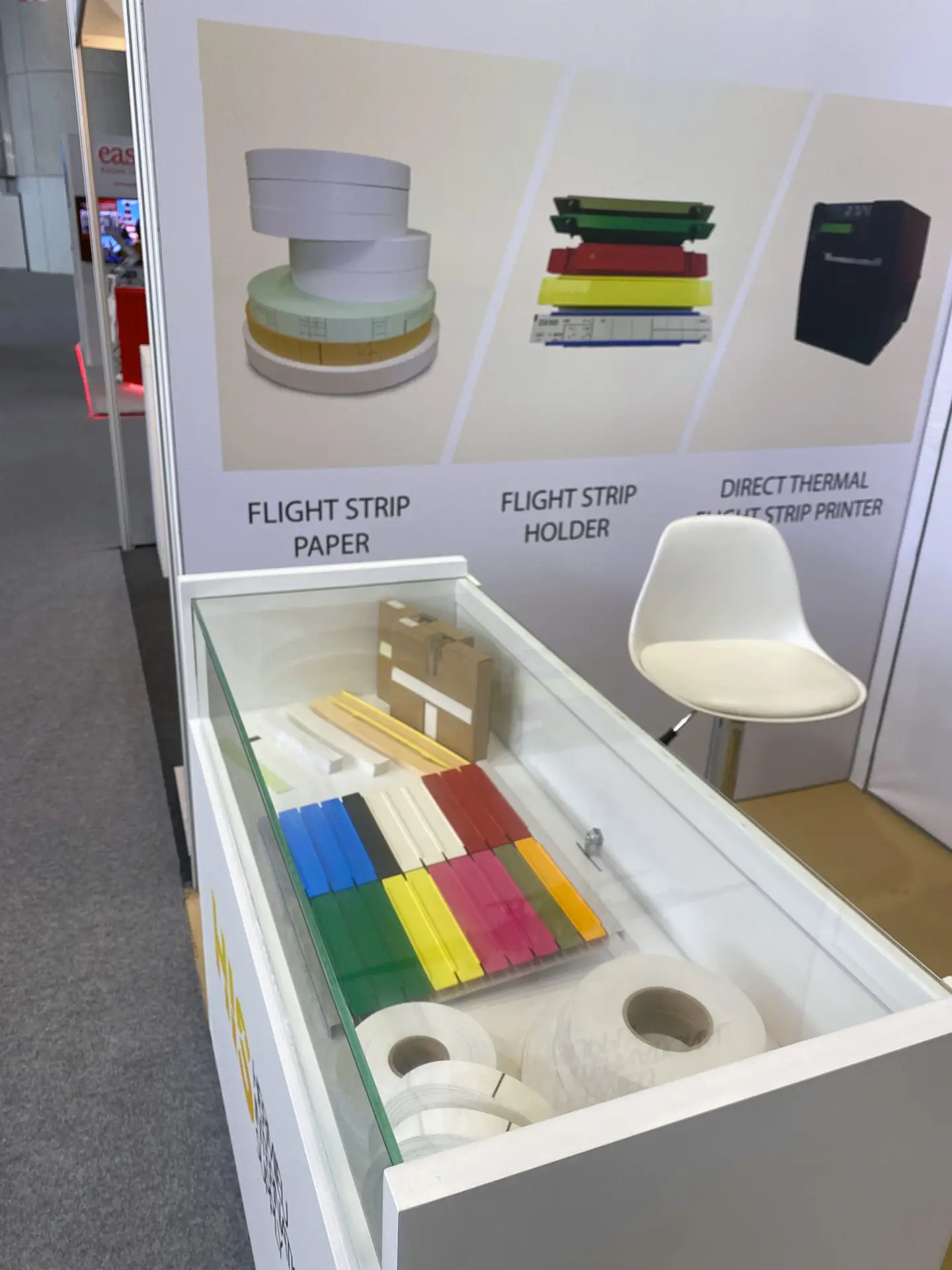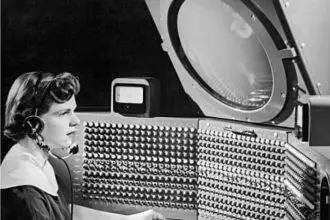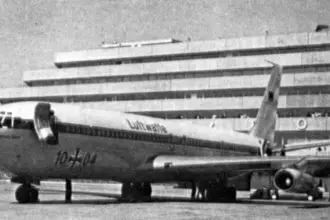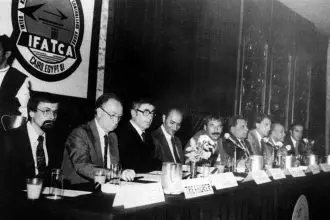
by Philippe Domogala
IFATCA Contributing EditorThe profession of Air Traffic Control is only 100 years old, and paper strips first came about 15 years later, so they are 85 years old! Who would have believed that in 2024, there would still be a market for paper strips? Picture this: during Airspace World ‘24 in Geneva, in the exhibition hall, in the middle of stands showing the latest technologies, all digitalised, advanced tools to solve conflicts, SESAR spending millions of euros on a digital assistant that would help resolve conflicts using AI (called CORA), there is a small stand promoting paper strips in plastic strip holders.
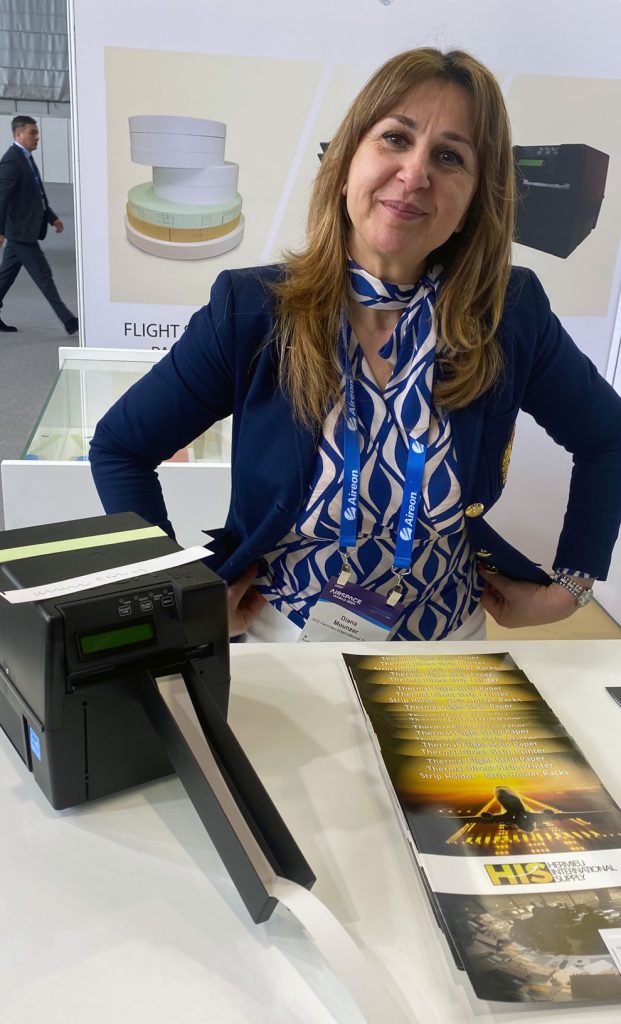
When I asked whether there was a lot of business in paper strips and strip holders, Diana Mouzer, CEO of Verdun (FR) based company Hermieu International Supply (HIS), replied, “Actually, our business is booming, and we can’t keep up with demand. We are considering expanding. I was told 20 years ago, when I took over the business, that there was no future in it, but there were still orders coming in, so we kept the machines. To our surprise, demand is increasing, so I come here to expand our business and, indeed, I even get new customers“.
The company produces thermal printers and paper rolls for the French ATC system, which still prints strips, plastic holders in various colours, and even racks to hold the strips!
As explained in the 100 Years ATC book on page 46, the first strips were used in 1936 in the USA, initially using metal slats, but changed in 1938 to the paper strips we are familiar with today. That year, the US CAA, the precursor of the FAA, made it the standard for all the USA ATC units, including the new en-route centres, control towers and approach units in the country. After World War II, many countries developed their ATC facilities based on the US model and took the strips as their method of keeping track of aircraft and potential conflicts.
So, it really is back to the future!




